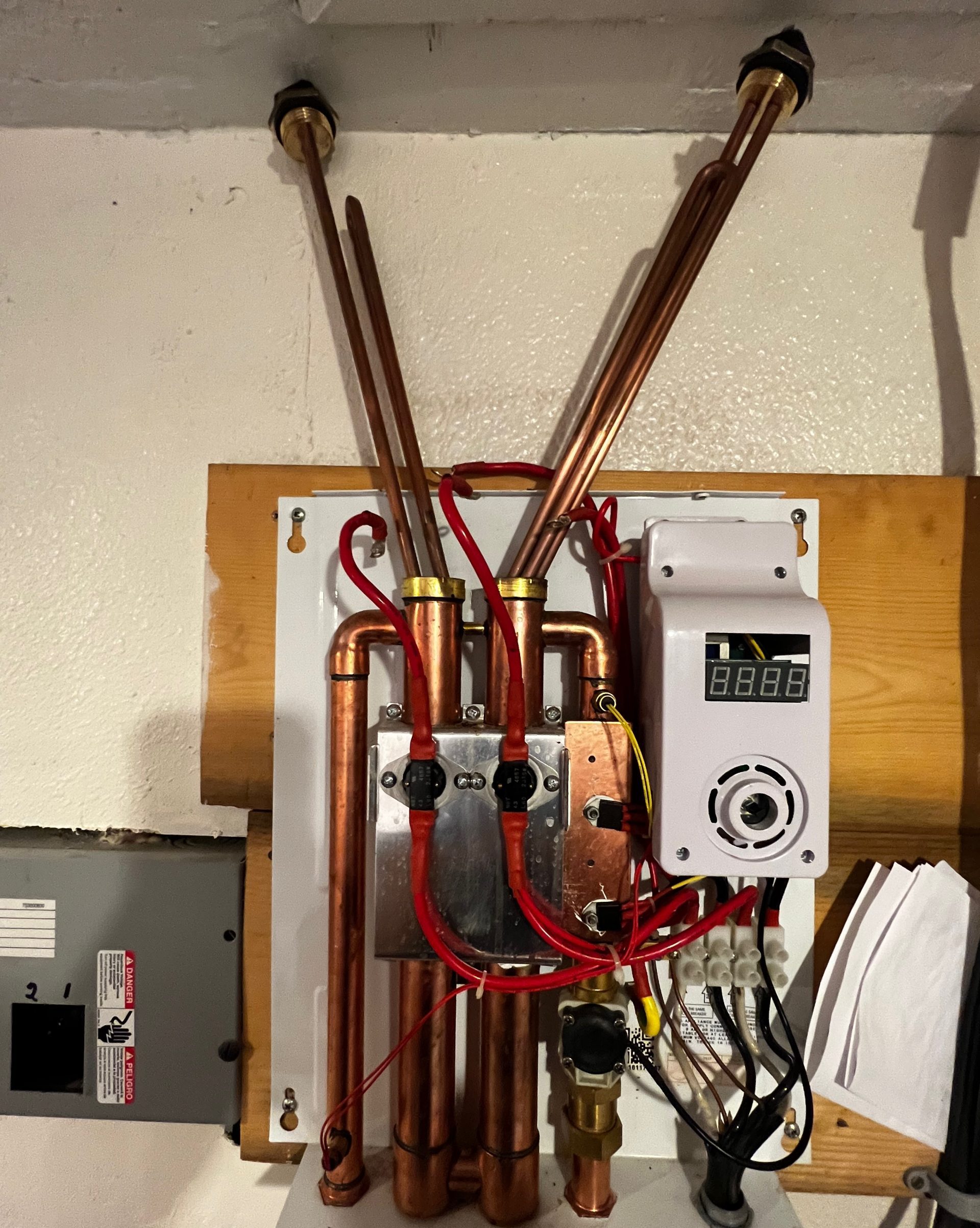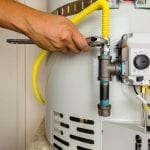Essential Care Strategies for Your Home's Hot Water System
Essential Care Strategies for Your Home's Hot Water System
Blog Article
We've unearthed this article pertaining to Tips For Maintaining Your Hot Water Heater down the page on the net and accepted it made perfect sense to discuss it with you on my blog.

Hot water is essential for daily comfort, whether it's for a rejuvenating shower or washing meals. To ensure your hot water system runs effectively and lasts much longer, normal upkeep is crucial. This post gives functional suggestions and insights on exactly how to preserve your home's hot water system to avoid disruptions and costly repair work.
Intro
Preserving your home's warm water system may seem difficult, however with a couple of basic steps, you can ensure it operates smoothly for years to come. This overview covers whatever from comprehending your warm water system to DIY maintenance tips and knowing when to call in specialist aid.
Relevance of Keeping Your Warm Water System
Routine maintenance not only expands the life-span of your warm water system however also ensures it runs successfully. Ignoring maintenance can lead to reduced effectiveness, higher power costs, and also premature failure of the system.
Indications Your Warm Water System Demands Upkeep
Understanding when your warm water system requires interest can stop major issues. Look out for signs such as irregular water temperature level, odd sounds from the heating unit, or rusty water.
Recognizing Your Hot Water System
Before diving right into maintenance tasks, it's handy to comprehend the standard elements of your hot water system. Commonly, this consists of the water heater itself, pipelines, anode rods, and temperature level controls.
Regular Monthly Upkeep Tasks
Routine monthly checks can assist catch small issues prior to they escalate.
Purging the Water Heater
Purging your hot water heater removes debris buildup, boosting effectiveness and lengthening its life.
Checking and Changing Anode Rods
Anode rods prevent rust inside the tank. Checking and changing them when worn is critical.
Checking and Readjusting Temperature Level Settings
Changing the temperature level settings makes certain ideal efficiency and safety.
Do It Yourself Tips for Maintenance
You can carry out numerous maintenance jobs on your own to keep your hot water system in top problem.
Checking for Leakages
Regularly check pipes and connections for leakages, as these can lead to water damages and greater bills.
Evaluating Stress Relief Valves
Evaluating the stress relief valve ensures it operates correctly and avoids too much pressure buildup.
Protecting Pipelines
Insulating hot water pipelines reduces heat loss and can conserve power.
When to Call a Professional
While DIY upkeep is valuable, some issues need specialist expertise.
Complex Problems Needing Specialist Help
Examples include major leakages, electric troubles, or if your water heater is regularly underperforming.
Routine Expert Upkeep Conveniences
Expert upkeep can consist of thorough inspections, tune-ups, and ensuring conformity with safety and security criteria.
Verdict
Routine maintenance of your home's hot water system is important for efficiency, longevity, and cost financial savings. By adhering to these ideas and understanding when to seek specialist aid, you can make sure a dependable supply of hot water without unexpected disturbances.
How to Maintain an Instant Hot Water Heater
Before tinkering with your hot water heater, make sure that it’s not powered on. You also have to turn off the main circuit breaker and shut off the main gas line to prevent accidents. Also turn off the water valves connected to your unit to prevent water from flowing into and out of the appliance. 2. When you’re done, you have to detach the purge valves’ caps. These look like the letter “T†and are situated on either side of the water valves. Doing so will release any pressure that has accumulated inside the valves while at the same time avoid hot water from shooting out and burning your skin. 3. When the purge valves’ caps are removed, you have to connect your hosing lines to the valves. Your unit should have come with three hoses but if it didn’t, you can purchase these things from any hardware or home repair shops. You can also get them from retail stores that sell water heating systems. Read the user’s manual and follow it to complete this task properly. When the hosing lines are connected, open the purge port’s valves. 4. You should never use harsh chemical cleaners or solutions when cleaning your unit. Make use of white vinegar instead. It should be undiluted and you’ll probably use about 2 gallons. 5. Now flush your water heater. This task should probably take about 40 minutes. We can’t give you specific directions for this because the procedure is carried out depending on the type, model and brand of your heater. With that being said, refer to the user’s manual. 6. When you’re done draining the unit, you have to turn off the purge port valves again. Remove the hosing lines that you earlier installed on each of the water valves. Put the valve caps (purge port) back in their respective places and be very careful so as not to damage the rubber discs that are found inside these caps. 7. Now that everything’s back in place, check your user’s manual again to find out how to reactivate your water heating system. 8. Once it is working, turn one of your hot water faucets on just to let air pass through the heater’s water supply pipes. Leave the tap on until water flows smoothly out of it. https://www.orrplumbing.com/blog/2014/september/how-to-maintain-an-instant-hot-water-heater/

I came across that entry on How to Maintain a Hot Water Heater in a Few Simple Steps while doing a search on the web. Those who enjoyed our blog posting plz remember to share it. Thank you so much for taking the time to read it.
Book A Free Estimate Report this page